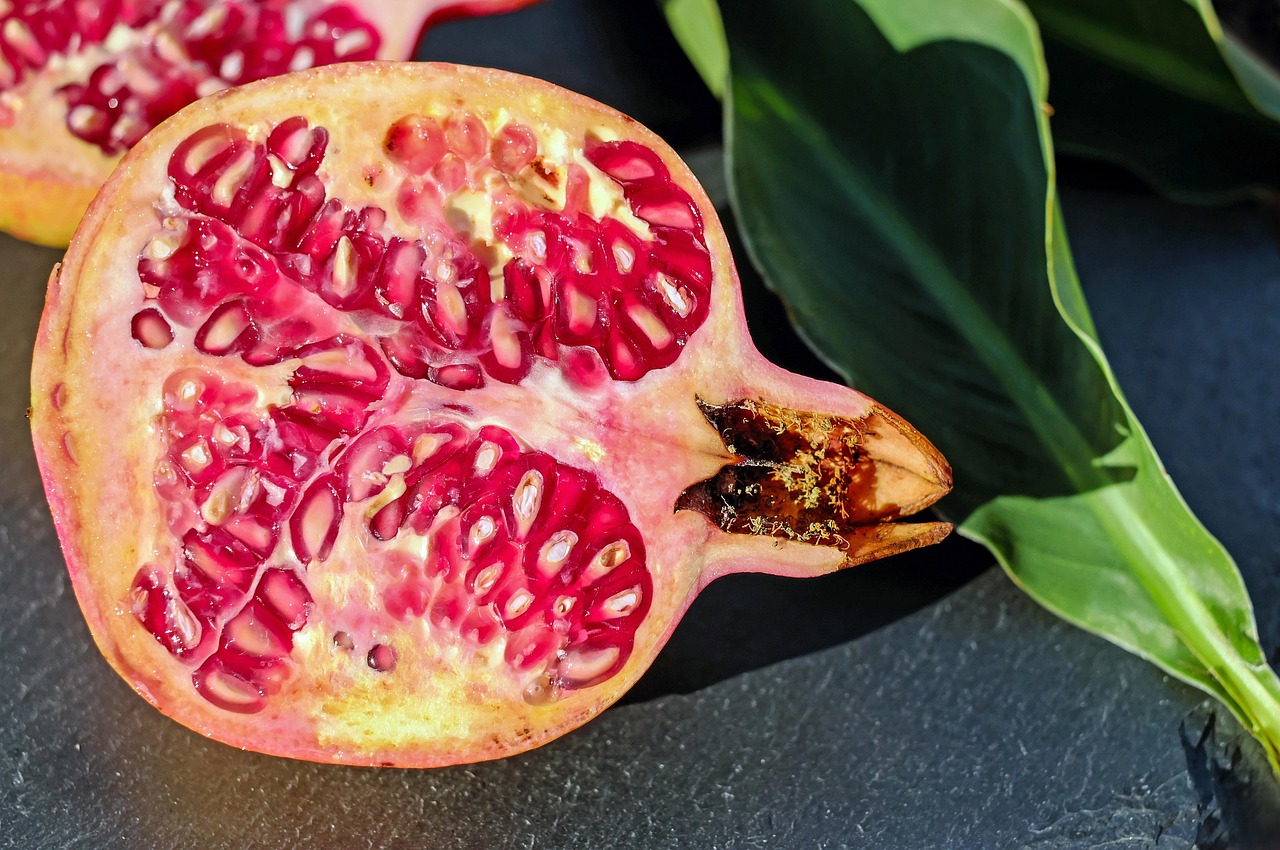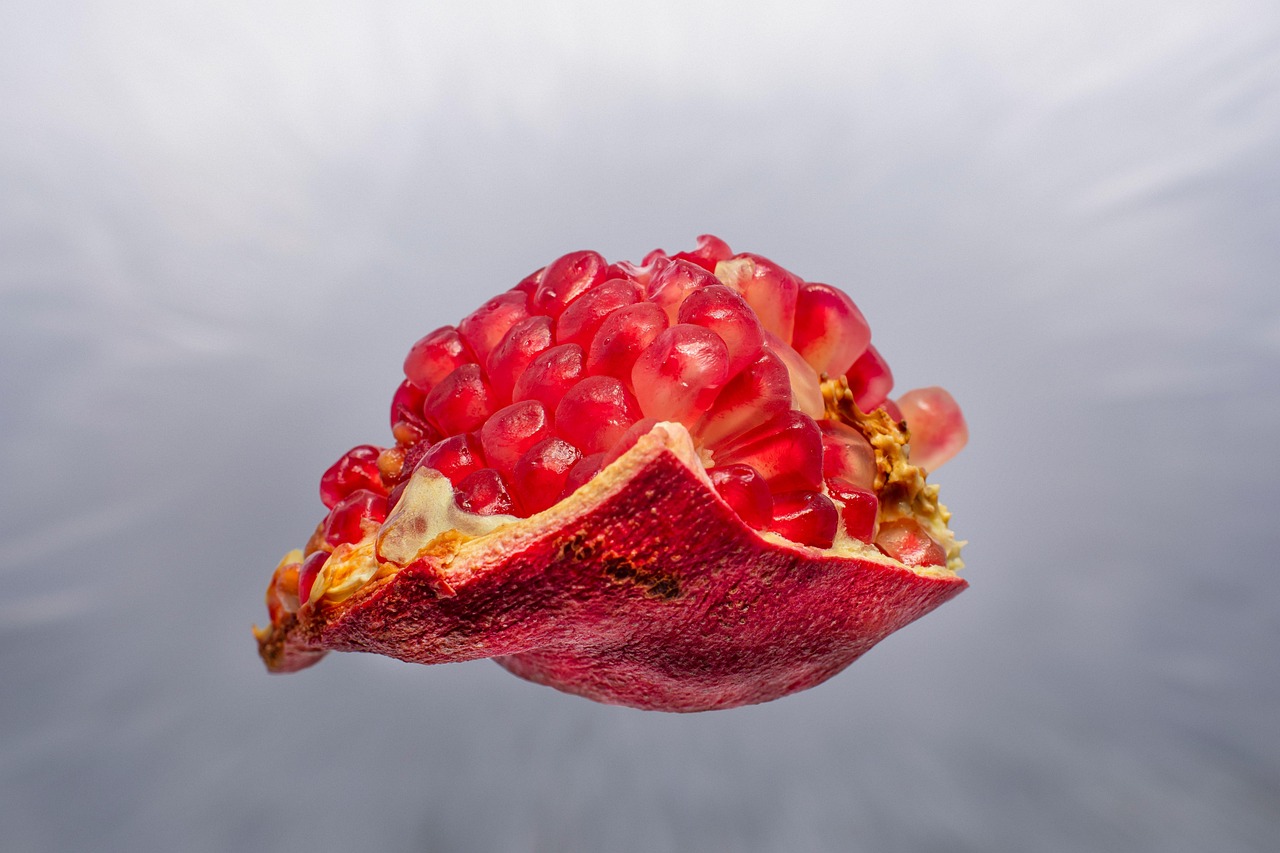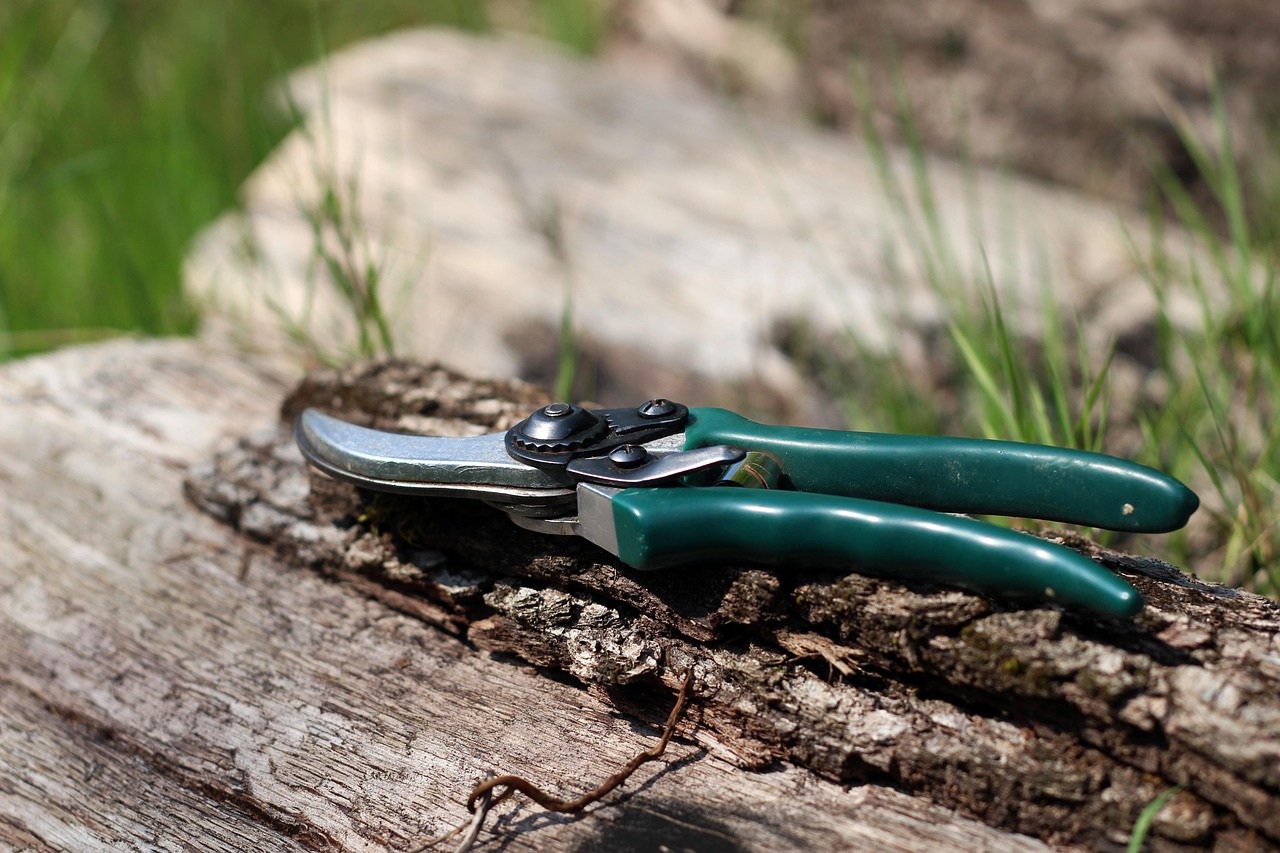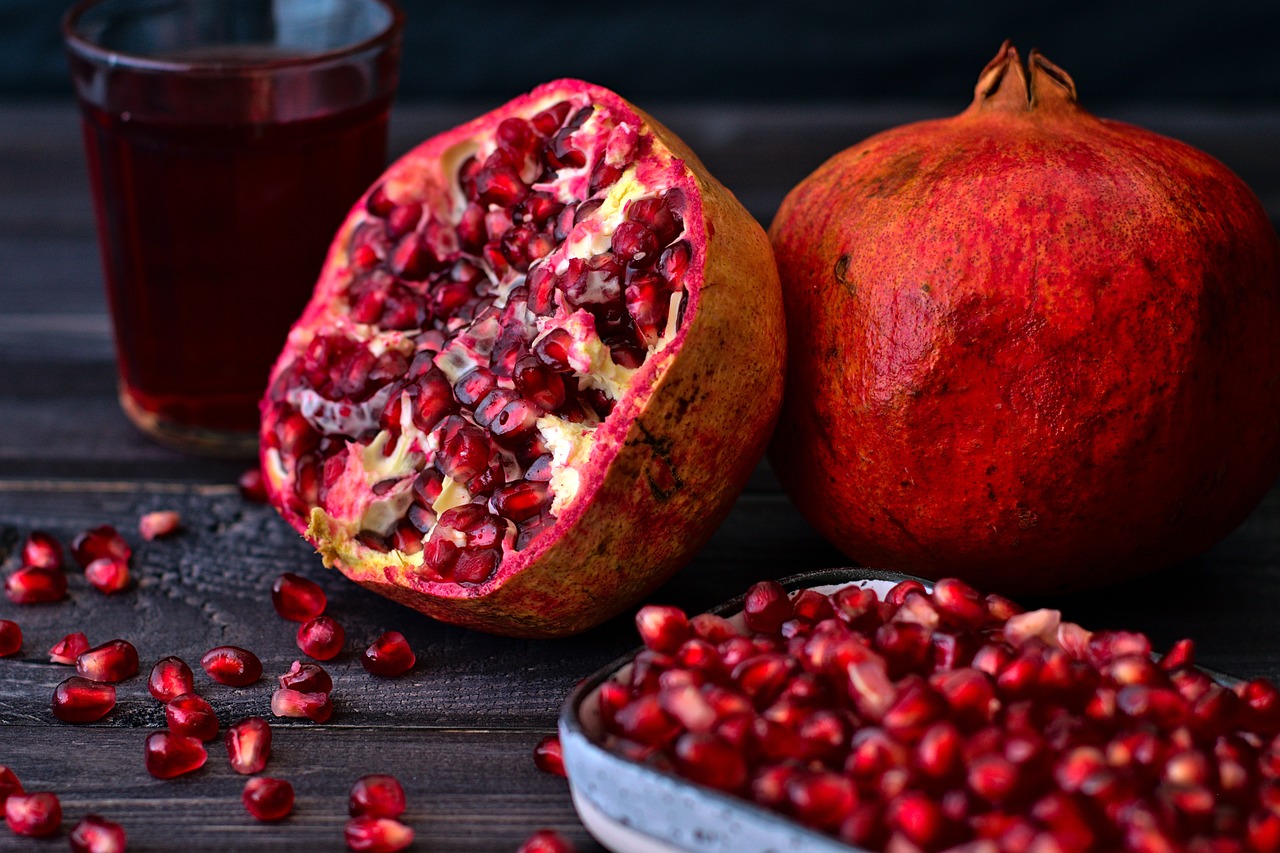Pomegranate tree pruning is essential for maintaining healthy growth and maximizing fruit production. Beginner gardeners should focus on pruning during the dormant season, typically late winter, to shape the tree and remove any dead or diseased branches.
Pomegranate trees (Punica granatum) are known for their vibrant flowers and delicious fruit. Originating in the Mediterranean region, these trees thrive in warm climates and are increasingly popular among home gardeners in various regions. Pruning is a crucial aspect of pomegranate tree care, as it helps promote better air circulation, encourages new growth, and enhances fruit quality.

For beginner gardeners, understanding the basics of pomegranate tree pruning can seem daunting. However, with the right techniques and timing, it can be a straightforward process. Proper pruning not only helps the tree grow stronger but also ensures bountiful harvests year after year.
Understanding the Importance of Pruning
Pruning is vital for several reasons:
- Health: Removing dead or diseased branches prevents the spread of diseases.
- Shape: Pruning helps maintain an aesthetically pleasing shape and structure.
- Fruit Production: Encouraging new growth leads to more flowers and, ultimately, more fruit.
- Air Circulation: Improved air circulation reduces the risk of fungal diseases.
To better understand how pruning affects your pomegranate tree, consider the following table, which highlights the key benefits of regular pruning:

| Benefit | Description |
|---|---|
| Improved Health | Healthy trees are more resilient to pests and diseases. |
| Enhanced Fruit Quality | Better sunlight penetration leads to sweeter and larger fruit. |
| More Manageable Size | A well-pruned tree is easier to harvest and care for. |
When to prune your pomegranate tree is equally important as knowing how to do it. The best time for pruning is during the dormant season, typically in late winter or early spring before new growth begins. This timing allows you to see the tree’s structure clearly and minimizes stress on the plant.
Tools Needed for Pruning
Before starting your pruning journey, ensure you have the right tools. Using appropriate equipment will make the process smoother and safer. Here are some essential tools for pruning a pomegranate tree:
- Bypass Pruners: Ideal for cutting small branches up to ¾ inch thick.
- Loppers: Useful for thicker branches that pruners can’t handle comfortably.
- Saw: A small hand saw is helpful for larger limbs that require more force.
- Gloves: Protect your hands from thorns and sharp edges.
- Disinfectant: Keep your tools clean to prevent disease transmission between plants.
With these tools in hand, you’re ready to begin the pruning process. The first step is to familiarize yourself with the structure of your pomegranate tree. Take a moment to observe the tree before making any cuts, noting areas that need attention.

Basic Pruning Techniques
As a beginner gardener, there are some fundamental pruning techniques you should master. These include:
- Thinning: Remove overcrowded branches to improve air circulation and light penetration.
- Heading Back: Cut back long branches to encourage bushier growth.
- Removing Suckers: Eliminate suckers growing from the base of the tree to focus energy on the main trunk.
The goal is to create a balanced tree with an open center that allows light to reach all parts of the plant. By doing so, you will help ensure that your pomegranate tree thrives and produces an abundant harvest each season.
In addition to these basic techniques, it is essential to regularly assess your tree throughout the growing season. Make note of any branches that may need further attention after the initial pruning. With experience, you will become more confident in your ability to shape your pomegranate tree effectively.

As you embark on your pruning journey, remember that patience is key. It may take a few seasons to see the full benefits of your efforts. However, with consistent care and proper techniques, your pomegranate tree will reward you with beautiful flowers and delicious fruit for years to come.
Common Mistakes to Avoid When Pruning Pomegranate Trees
As a beginner gardener, it is easy to make mistakes during the pruning process. Understanding what to avoid can greatly enhance your efforts in maintaining a healthy pomegranate tree. Here are some common mistakes to steer clear of:
- Pruning at the Wrong Time: Pruning too early in the spring can damage new growth. Always wait until the tree is dormant.
- Over-Pruning: Removing too many branches can stress the tree. Aim for a balanced approach.
- Using Dull Tools: Dull tools can cause ragged cuts, making the tree susceptible to disease. Always ensure your tools are sharp.
- Ignoring Tree Structure: Failing to consider the natural shape of the tree can lead to poor growth. Keep the tree’s form in mind while pruning.
- Neglecting Cleanliness: Not disinfecting tools can spread disease between plants. Always clean your tools before and after use.
Signs Your Pomegranate Tree Needs Pruning
Recognizing when your pomegranate tree needs pruning is essential for its health. Look for the following signs:
- Dead or Diseased Branches: These should be removed immediately to prevent further issues.
- Overcrowded Growth: If branches are crossing or crowding one another, it’s time to thin them out.
- Pest Infestation: Signs of pests may require aggressive pruning to remove affected areas.
- Weak Growth: If you notice weak or spindly branches, pruning can help redirect energy.
The Right Techniques for Different Growth Stages
Pomegranate trees have different needs at various growth stages. Adapting your pruning techniques accordingly can ensure optimal growth and fruit production. Here are some techniques tailored for different stages:
Young Trees (1-3 Years)
For young pomegranate trees, focus on establishing a strong framework. Pruning should aim at shaping the tree and encouraging robust growth. Here are some tips for young trees:
- Selecting a Leader: Choose a strong central leader and remove competing branches.
- Encouraging Lateral Branches: Allow lateral branches to develop by heading back the leader slightly.
- Avoiding Heavy Pruning: Limit cuts to minor adjustments to prevent shock.
Mature Trees (4+ Years)
Mature pomegranate trees require different care. The focus shifts towards maintaining health and productivity. Consider these techniques:
- Thinning Out: Remove older, less productive branches to promote new growth and fruiting.
- Renewing Growth: Cut back older branches to encourage new shoots that will produce more fruit.
- Maintaining Shape: Regularly shape the canopy to ensure sunlight reaches all areas.
Seasonal Care Post-Pruning
After pruning your pomegranate tree, seasonal care becomes crucial for recovery and growth. Here are some key practices to adopt:
- Watering: Ensure the tree receives adequate water, especially during dry spells following pruning.
- Fertilizing: Apply a balanced fertilizer in early spring to support new growth.
- Pest Control: Monitor for pests and diseases, especially after pruning, as the tree may be more vulnerable.
- Mulching: Apply mulch around the base of the tree to retain moisture and suppress weeds.
Understanding Pomegranate Tree Growth Patterns
A solid understanding of how pomegranate trees grow can enhance your pruning efforts. Pomegranates typically exhibit several key growth patterns:
- Bushy Formation: Pomegranates tend to grow bushy if left unpruned, which can hinder air circulation.
- Sucker Growth: Regularly monitor for suckers that drain energy from the main trunk.
- Fruit Bearing Wood: Pomegranates generally produce fruit on new wood, which means promoting healthy growth is essential.
By recognizing these growth patterns, you can better strategize your pruning techniques and timing, ensuring a healthy and fruitful harvest season after season.
Pomegranate Varieties and Their Pruning Needs
Diverse varieties of pomegranate trees exist, each with specific characteristics and needs. Understanding these differences can help tailor your pruning approach:
| Variety | Description | Pruning Needs |
|---|---|---|
| ‘Wonderful’ | The most popular variety, known for its large fruit and high juice content. | Requires moderate pruning to maintain shape and encourage fruiting. |
| ‘Angel Red’ | A sweet variety with a high yield of large fruits. | Should be pruned lightly to promote bushy growth without compromising yield. |
| ‘Sweet’ Pomegranate | This variety produces exceptionally sweet fruit with fewer seeds. | Needs regular thinning to improve air circulation and fruit quality. |
Each variety may respond differently to pruning techniques, so it’s essential to adjust your methods according to specific characteristics for optimal results. This knowledge will empower you as you cultivate your pomegranate trees for delicious fruits in seasons to come.
Advanced Pruning Techniques for Experienced Gardeners
Once you have mastered the basics of pruning pomegranate trees, you may want to explore more advanced techniques. These methods can help enhance the health and productivity of your trees even further. Here are some advanced pruning strategies:
Crown Thinning
Crown thinning is a technique used to reduce the density of the tree’s canopy while maintaining its overall shape. This process allows more light to penetrate and improves air circulation within the crown. Here are the steps involved:
- Identify Dense Areas: Look for clusters of branches that may be crowding each other.
- Remove Selected Branches: Carefully prune out selected branches that are crossing or densely packed.
- Maintain Tree Shape: Ensure that the tree retains its natural form while reducing density.
Rejuvenation Pruning
As pomegranate trees age, they may produce fewer fruits and exhibit weaker growth. Rejuvenation pruning is a method to invigorate an older tree. Here’s how to rejuvenate your pomegranate tree:
- Evaluate Tree Condition: Assess the tree for signs of decline or excessive age.
- Cut Back Older Branches: Prune back approximately one-third of the oldest branches to ground level.
- Encourage New Growth: This action stimulates new shoots that will yield fruit in subsequent seasons.
Handling Specific Issues During Pruning
Gardening is often about problem-solving. While pruning your pomegranate tree, you may encounter specific issues that require attention. Here are some common problems and how to address them:
Pest Infestation
If you notice pest activity on your pomegranate tree, it is crucial to act quickly. Here’s what you can do:
- Identify the Pest: Common pests include aphids, spider mites, and scale insects.
- Prune Affected Areas: Remove heavily infested branches to prevent spreading.
- Treat with Insecticides: Consider using organic insecticides or neem oil to combat infestations.
Disease Management
Diseases can also affect pomegranate trees, particularly fungal infections. Here’s how to manage them during pruning:
- Recognize Symptoms: Look for discolored leaves, wilting, or lesions on branches.
- Cut Out Infected Parts: Prune away any diseased branches immediately.
- Improve Drainage: Ensure proper drainage around the root zone to reduce moisture buildup.
Seasonal Maintenance Following Pruning
After pruning, seasonal maintenance becomes essential for supporting recovery and growth. Here are some recommendations for post-pruning care throughout the seasons:
Spring Maintenance
In spring, focus on promoting healthy growth:
- Watering Schedule: Increase watering frequency as temperatures rise and new growth emerges.
- Nutrient Boost: Apply a balanced fertilizer high in potassium to support flower and fruit development.
Summer Care
During the summer months, your focus should shift towards managing heat stress:
- Irrigation Management: Ensure consistent moisture, particularly during dry spells.
- Pest Monitoring: Regularly check for pests and treat as necessary.
Fall Preparations
As fall approaches, prepare your tree for dormancy:
- Final Watering: Water adequately until the first frost to ensure hydration through winter.
- Mulching: Apply a layer of mulch to help retain moisture and regulate soil temperature.
Understanding Pomegranate Tree Growth Cycles
A deep understanding of your pomegranate tree’s growth cycles can greatly enhance your pruning efforts. Here is a breakdown of these cycles:
Spring Growth
In spring, pomegranate trees experience rapid growth. During this time:
- Budding and Flowering: New buds form, leading to flowering by late spring.
- Pollen Development: Ensure good pollination practices to maximize fruit set.
Summer Fruit Development
Summer is characterized by fruit development. Key considerations include:
- Nutritional Needs: Provide adequate nutrients to support fruit growth and prevent drop-off.
- Pest Control Measures: Stay vigilant against pests that can damage developing fruit.
Autumn Ripening
During autumn, focus shifts to harvesting and preparing for dormancy. Important tasks include:
- Tasting Fruits: Monitor ripeness and taste test to determine the best harvest time.
- Sensible Harvesting Techniques: Use proper techniques to avoid damaging branches during fruit collection.
This comprehensive understanding of growth cycles allows you to tailor your care practices and optimize your pruning efforts, ultimately leading to a healthier and more productive pomegranate tree.
Additional Tips for Successful Pomegranate Tree Care
In addition to pruning, there are several factors to consider when caring for your pomegranate tree. These aspects will contribute to the overall health and productivity of your tree:
Soil Health
Healthy soil is fundamental for the growth of any fruit tree, including pomegranates. Here are some tips on maintaining optimal soil conditions:
- Soil Type: Pomegranates thrive in well-drained soils. Sandy loam or loamy soils are ideal.
- pH Level: Aim for a soil pH between 5.5 and 7.0 for optimal nutrient availability.
- Organic Matter: Incorporate organic matter such as compost to improve soil structure and fertility.
Watering Techniques
Proper watering techniques are crucial for the health of your pomegranate tree. Here are some effective practices:
- Deep Watering: Water deeply but infrequently to encourage deep root growth.
- Drip Irrigation: Consider installing a drip irrigation system to provide consistent moisture while minimizing water waste.
- Avoid Overwatering: Ensure good drainage to prevent root rot, especially during rainy periods.
Pest and Disease Prevention
Keeping your pomegranate tree healthy involves monitoring for pests and diseases. Here are some preventative measures:
- Regular Inspections: Frequently inspect your tree for signs of pests or disease.
- Natural Predators: Encourage beneficial insects like ladybugs to control pest populations naturally.
- Cultural Practices: Maintain good cultural practices such as proper spacing and sanitation to minimize disease pressure.
Choosing the Right Location
The location of your pomegranate tree plays a significant role in its performance. Consider the following factors when selecting a site:
- Sunlight: Pomegranates require full sun, ideally 6 to 8 hours a day, for optimal fruit production.
- Wind Protection: Plant trees in a location that offers some protection from strong winds, which can damage branches and fruit.
- Space: Ensure adequate space for growth, avoiding crowding with other plants that may compete for resources.
Final Thoughts
Pomegranate tree pruning may seem challenging at first, but with practice and understanding, it becomes an essential aspect of successful gardening. By mastering the techniques outlined in this guide, you can foster healthy growth and bountiful fruit production in your pomegranate trees.
Remember that each tree is unique; therefore, observing and adapting your care practices based on the specific needs of your tree will yield the best results. Whether you are pruning for shape, health, or productivity, your efforts will pay off with delicious fruits that you can enjoy fresh or use in various culinary delights.
As you continue to learn and grow as a gardener, embrace the journey of caring for your pomegranate trees. Each season brings new challenges and rewards, and through patience and diligence, you will cultivate not only beautiful trees but also a deeper connection with nature.
With proper care, your pomegranate tree will thrive, producing an abundance of vibrant flowers and juicy fruits year after year. Happy gardening!
